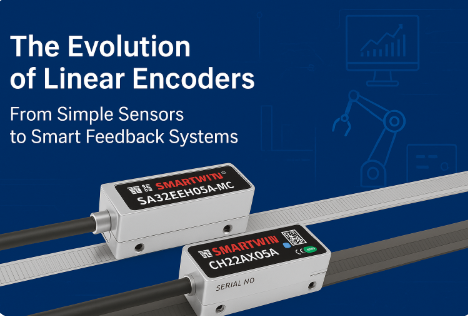From Simple Sensors to Smart Feedback Systems
Linear encoders have become indispensable components in modern precision engineering, automation, and manufacturing systems. They provide critical positional information that allows machines to move with extreme accuracy, ensuring efficiency, safety, and quality in industrial operations. Over the years, linear encoders have evolved dramatically—from basic measuring tools to sophisticated smart feedback systems central to Industry 4.0.
This article explores the journey of linear encoders, with a particular focus on the rise of the optical linear encoder, its principles, applications, and how it has transformed from simple sensors into intelligent systems powering today's smart factories.
The Origins of Linear Encoders
The history of linear encoders can be traced back to the growing need for measurement accuracy in machining and manufacturing. Early machines relied on mechanical scales, micrometers, and calipers for positional measurement. These tools, while useful, were prone to wear, operator error, and environmental influences, which limited their precision.
The earliest linear encoders were purely mechanical or magnetic, using rulers and gear-based mechanisms to track displacement. They offered incremental improvements over traditional measuring tools, but mechanical friction and limitations in resolution soon exposed their shortcomings.
The search for greater precision led to the development of optical technology. This shift marked the birth of the optical linear encoder, which would redefine accuracy and reliability in position measurement.
Understanding the Optical Linear Encoder Principle
At its core, an optical linear encoder works by detecting light patterns as a scale (often made of glass or metal with etched lines) moves relative to a scanning sensor. The interaction of light and grating generates electrical signals, which are then translated into position information.
What is a linear optical encoder?
A linear optical encoder is a sensor system that converts linear displacement into electrical signals using optical principles. It provides highly accurate feedback on the position of a moving object, typically used in CNC machines, robotics, semiconductor equipment, and precision measuring instruments.
The optical linear encoder principle can be broken down into key components:
Scale or grating: A glass or metallic ruler with precisely etched or printed lines.
Light source: Typically an LED that projects light onto the scale.
Photo-detectors: Sensors that capture light patterns as the scale moves.
Electronics: Circuits that interpret the detected light signals into digital or analog position data.
The periodic light and dark bands created by the grating are converted into pulses, which correspond to incremental movements. Depending on the design, the encoder can measure either incremental or absolute positions.
Incremental vs. Absolute Linear Optical Encoders
Linear optical incremental encoder: Provides relative position by outputting pulses for each unit of movement. While highly accurate, the system requires a reference point to determine the starting position after power loss.
Absolute linear optical encoder : Delivers a unique position value at every point along the scale. Even if power is lost, the system retains its exact position without needing a reset.
The introduction of the linear absolute optical encoder has been crucial for modern automation, where reliability and uninterrupted data are essential.
Linear Optical Encoder Variations
Over time, different variations of linear optical encoders have emerged to suit diverse industrial applications:
Incremental Linear Optical Encoders
Provide step-by-step feedback.
Widely used in CNC machines, 3D printers, and pick-and-place robots.
Variants include the linear optical incremental encoder and the linear optical quadrature encoder, the latter offering enhanced direction sensing by outputting two signals with a 90-degree phase shift.
Absolute Linear Optical Encoders
Deliver exact positional values without homing sequences.
Critical in aerospace, semiconductor manufacturing, and advanced robotics where downtime or error correction is unacceptable.
Linear Actuator Optical Encoders
Specifically designed to work with actuators, converting electrical energy into linear motion while providing position feedback.
Used in robotics, precision medical devices, and factory automation systems.
Hybrid Optical Encoders
Combine optical sensing with other technologies (e.g., magnetic or capacitive systems) for improved resilience against dust, oil, and vibrations.
By offering diverse models—incremental, absolute, and actuator-integrated—linear optical encoders have become versatile tools across industries.
From Simple Sensors to Smart Feedback Systems
The initial role of encoders was limited to providing position data. Over time, their function has expanded to include advanced feedback and diagnostic features. The transition can be divided into three stages:
Basic Sensors (Mechanical & Early Optical):
Provided displacement readings but lacked robustness and accuracy.
Precision Encoders (Incremental & Absolute Optical):
High-resolution measurements enabled automation in CNC machining and semiconductor production.
The emergence of the linear optical quadrature encoder enhanced direction recognition and improved reliability.
Smart Feedback Systems (Hybrid Encoders, Industry 4.0):
Encoders now integrate digital communication protocols such as Ethernet, EtherCAT, and PROFINET.
Capable of self-diagnostics, predictive maintenance alerts, and integration into cyber-physical systems.
Enable real-time data sharing, crucial for smart manufacturing and robotic coordination.
Smart encoders are no longer just measuring tools; they are active contributors to system optimization and reliability.
Industrial Applications of Linear Optical Encoders
Linear optical encoders have become indispensable in multiple industries. Their adaptability makes them the backbone of high-precision operations.
Manufacturing and CNC Machining
Positioning of cutting tools and workpieces.
Ensuring micrometer-level accuracy in metalworking and electronics manufacturing.
Semiconductor Industry
Lithography equipment requires nanometer-level precision, achieved through absolute optical encoder linear systems.
Medical Devices
MRI-compatible encoders and surgical robots rely on linear actuator optical encoders for safe, accurate motion.
Robotics and Automation
Industrial robots use encoders for accurate joint positioning.
Automated guided vehicles (AGVs) rely on linear optical encoders for navigation.
Metrology and Inspection Systems
Coordinate Measuring Machines (CMMs) depend on linear absolute optical encoders for repeatable accuracy.
By providing reliable feedback, encoders ensure that modern systems achieve both efficiency and safety.
The Future of Linear Encoders
The evolution of linear encoders continues with the integration of AI, IoT, and cloud connectivity. Emerging trends include:
Integration with AI and Predictive Analytics | Encoders will not only measure position but also predict wear and signal potential failures before they happen. |
Miniaturization and Flexibility | The next generation of linear optical encoders will be smaller, more robust, and adaptable to flexible substrates, opening possibilities for wearable robotics and micro-manufacturing. |
Green and Sustainable Manufacturing | Energy-efficient encoder designs will align with sustainability goals in Industry 4.0. |
| Enhanced Communication Protocols | Future encoders will seamlessly integrate with advanced protocols to support real-time cloud-based analytics. |
Cross-Disciplinary Applications | Beyond factories, linear optical encoders will play a role in renewable energy (e.g., solar panel alignment), autonomous vehicles, and even space exploration where absolute position reliability is vital. |
In conclusion, the journey from early mechanical rulers to today's smart feedback systems illustrates how linear optical encoders have become pivotal in shaping modern industries. Their precision, reliability, and adaptability ensure they will remain central to the future of automation and beyond.
Final Thoughts
The optical linear encoder principle represents one of the most significant advancements in precision measurement. From linear optical incremental encoders in basic CNC systems to absolute linear optical encoders in semiconductor and aerospace industries, encoders have transitioned from being simple measuring devices to sophisticated digital interfaces that drive Industry 4.0.
So, next time you ask, “what is a linear optical encoder?”, remember—it is not just a sensor but a smart gateway that bridges motion with intelligence, powering the machines of the future.

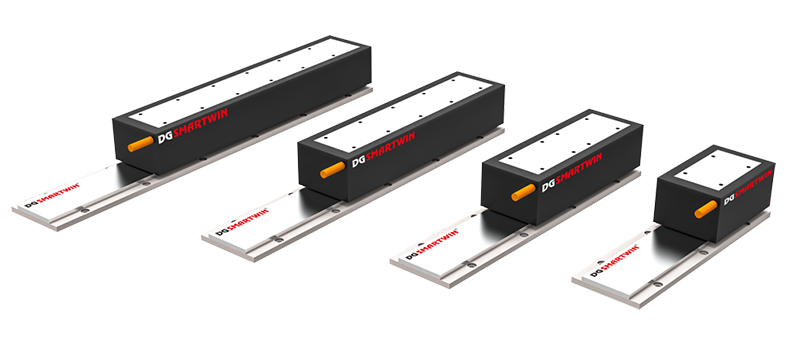
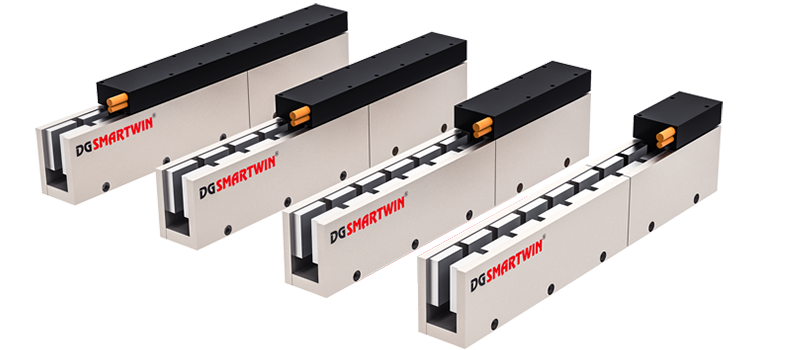
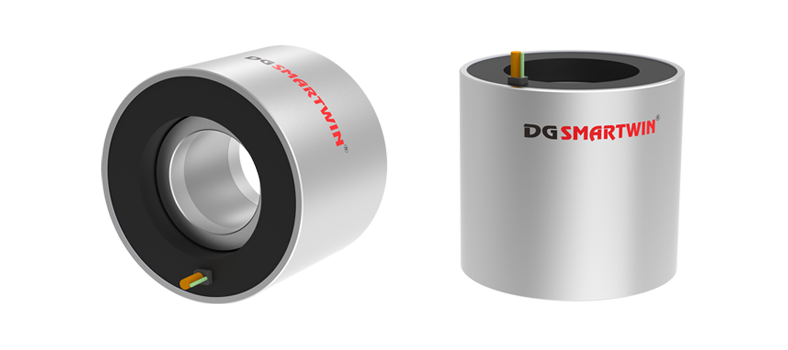
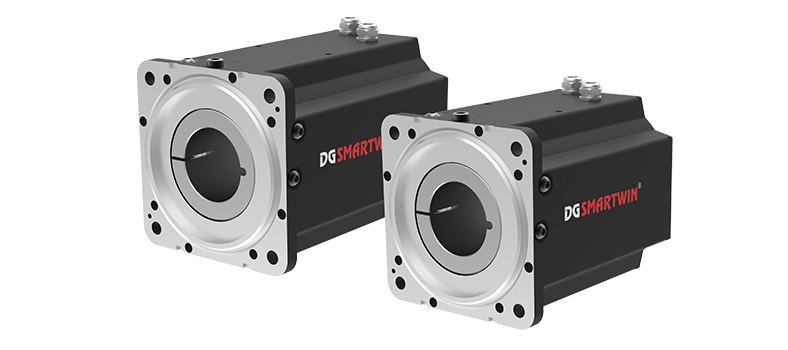
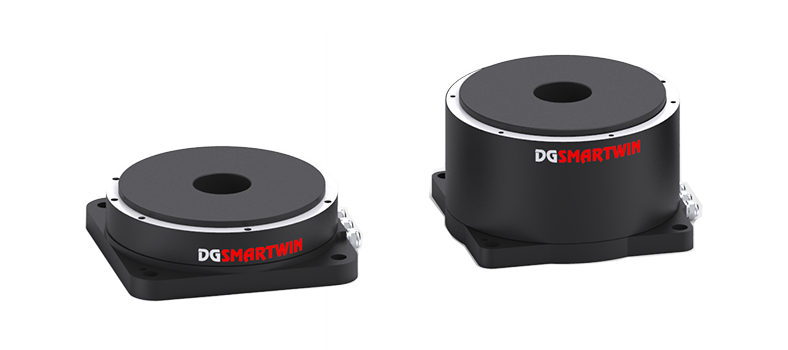
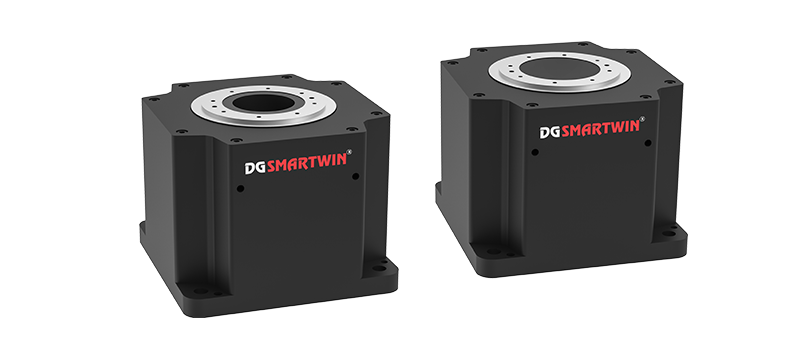
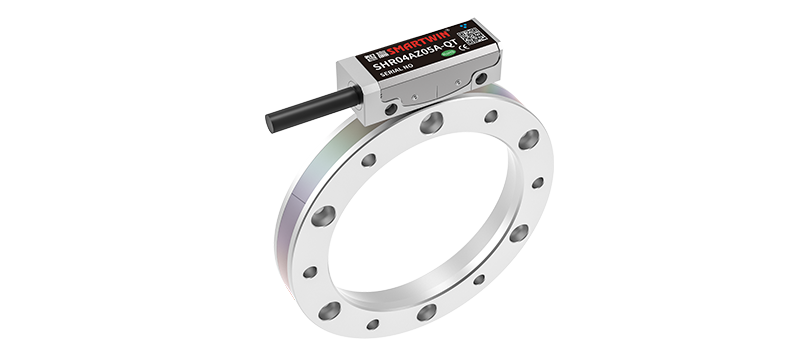
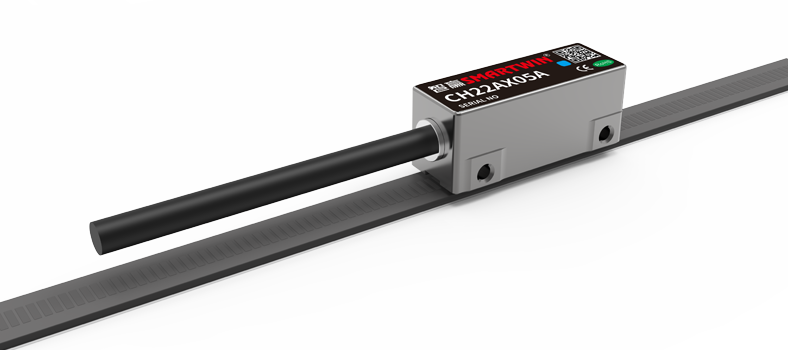








 En
En

